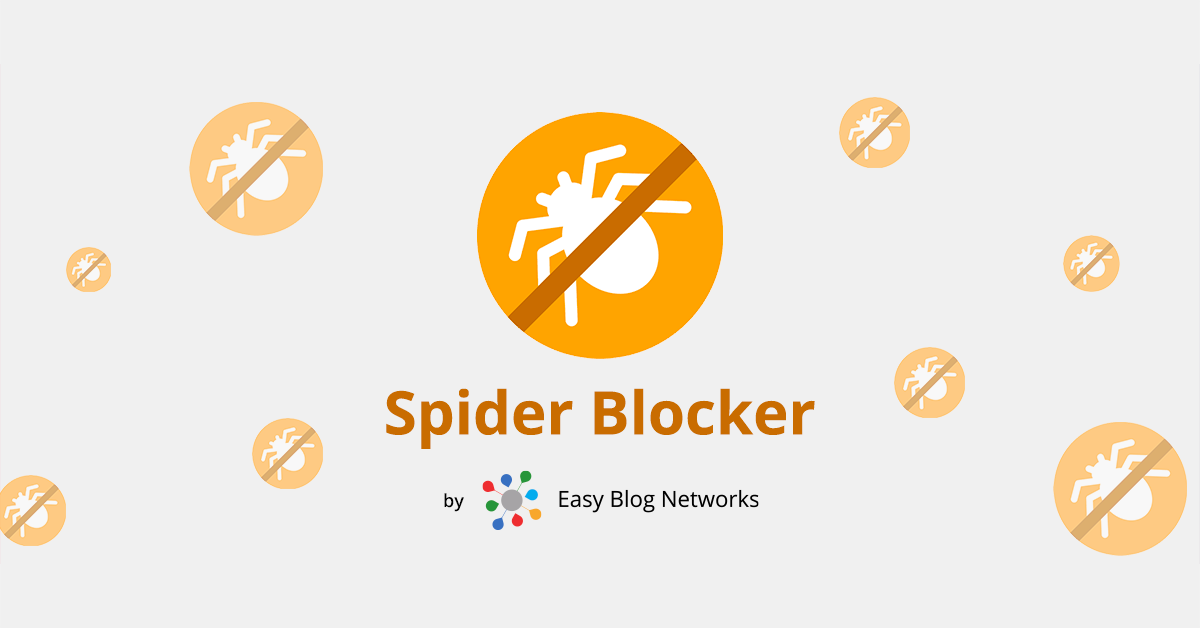Why nameservers are more dangerous footprints than IPs

This is another post in our series about advanced footprints. While we wouldn’t really count nameserver footprints as advanced, there are still people doing really basic mistakes with them so we wanted to shed some light on the topic. Nameservers are servers hosting your DNS zonefile, or in other words, your DNS records. Without them, your browser does not know to..
Read moreFootprints: default server webpages

In this series of blog posts, we’ve been looking at various ways in which servers present information which can be used by search engines to uniquely identify them. That is, they leave footprints, often very obvious ones. Here at EBN we take quite a few steps to make sure that the servers hosting our WordPress..
Read moreFootprints: ASN

So far we’ve talked about a few different ways a website (or the server it’s running on) can be footprinted, but we’ve yet to talk about the most obvious – the server’s physical location. The internet is basically a huge, world-wide network, made up of numerous smaller networks. The technology behind it is way too..
Read moreFootprints: X-Powered-By Headers

In our last post, we talked about HTTP headers such as the Server Header and the typical values we can expect they carry for servers running WordPress. But as we hinted previously, the Server Header is not the only HTTP header that gives out important information about servers hosting the websites. This time around, we’ll..
Read moreWhy you shouldn’t use Hide My WP or similar plugins for your PBN
Plugins to hide WordPress footprints are commonly suggested when people want to have all-WordPress PBN but not have it seen as such. Unfortunately, there are major issues with using these plugins. Yes, you could hide WordPress completely. However, that is a very complex task that requires moving of wp-admin and wp-content folder and rewriting paths for..
Read more6 Footprints and 10 Issues That Can Get Your Blog Deindexed

Since the large majority of daily deindexations we see on our platform would be easily avoided by following basic rules for PBNs, we’re thinking it’s a good time to refresh that knowledge. I categorized everything into two sections – footprints and issues. Footprints are something that can get your blogs deindexed immediately. Issues are something that raises flags and..
Read morePBN Blog Or Not?

Let’s play a game – PBN blog or not? Since I’m looking at PBN blogs for days, I can recognize a PBN blog in a split second. You’re probably not any different. Which one is the PBN blog? One was taken from the first page of the SERPs, the other is a PBN blog. This isn’t a hard question..
Read moreFootprints: Server Headers

Lately, there has been quite some debate in public and private channels and groups on the Server header and how it might pose a threat to PBNs due to footprints. This post aims to provide extensive information on what the Server header even is, what forms it takes in the majority of cases and what..
Read moreFree Spider Blocker Plugin

Due to issues with similar plugins, we decided to create our own spider/crawler blocker plugin, called Spider Blocker. It’s completely free, open-source and without footprints. You can easily add it to each new blog in the Easy Blog Networks Add Blog form or download it from WordPress.org and install it. Set up Spider Blocker Plugin will block the most common..
Read moreCauses For PBN Blogs Deindexation (backed by data)

One of the benefits of having a unified platform like EBN is that we can do analysis on a large number of PBN blogs. Because some users reported having more than just a few blogs deindexed in a sweep (later to be known as Panda 4.2), we did an analysis of all deindexed blogs and..
Read more